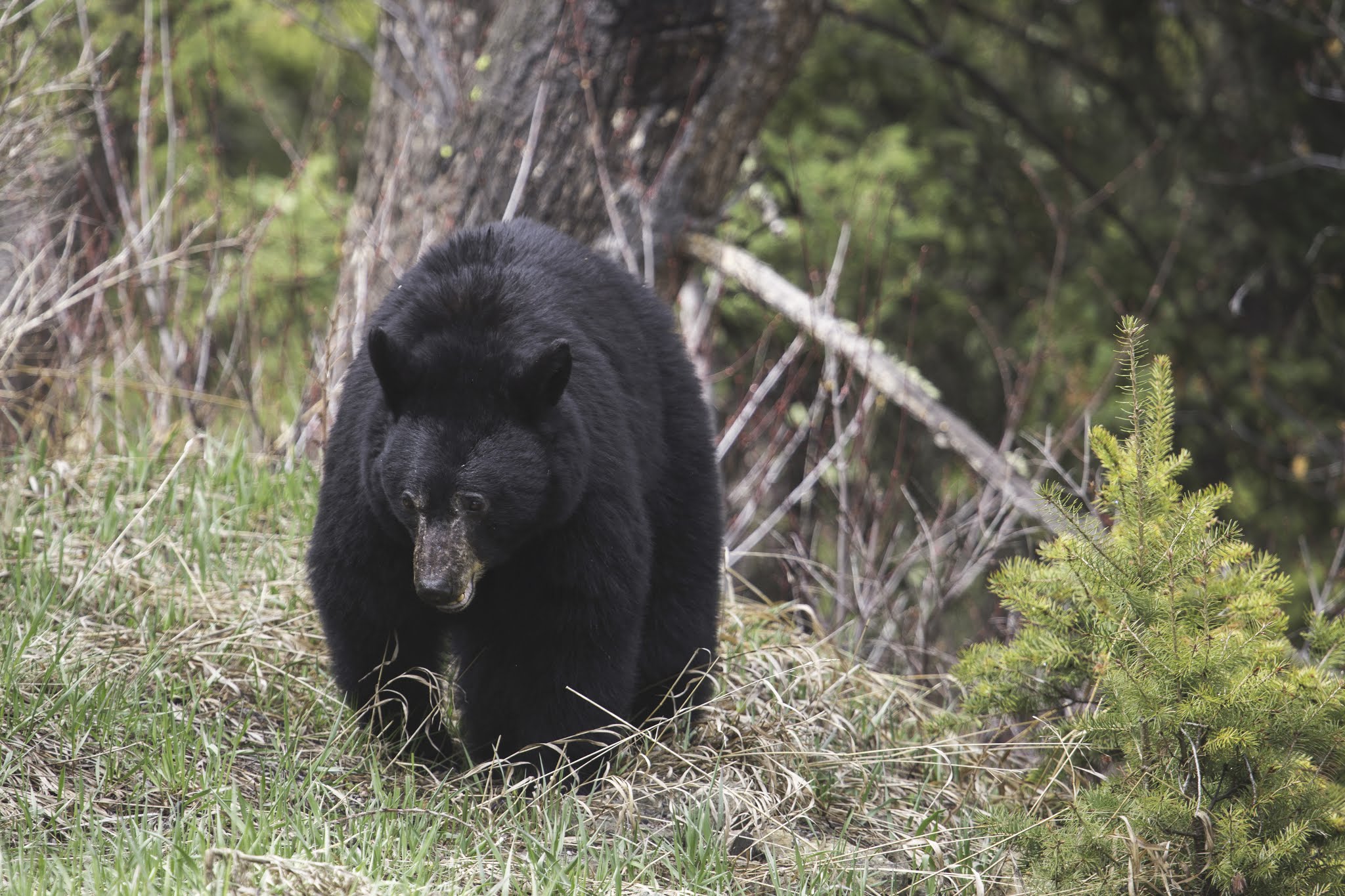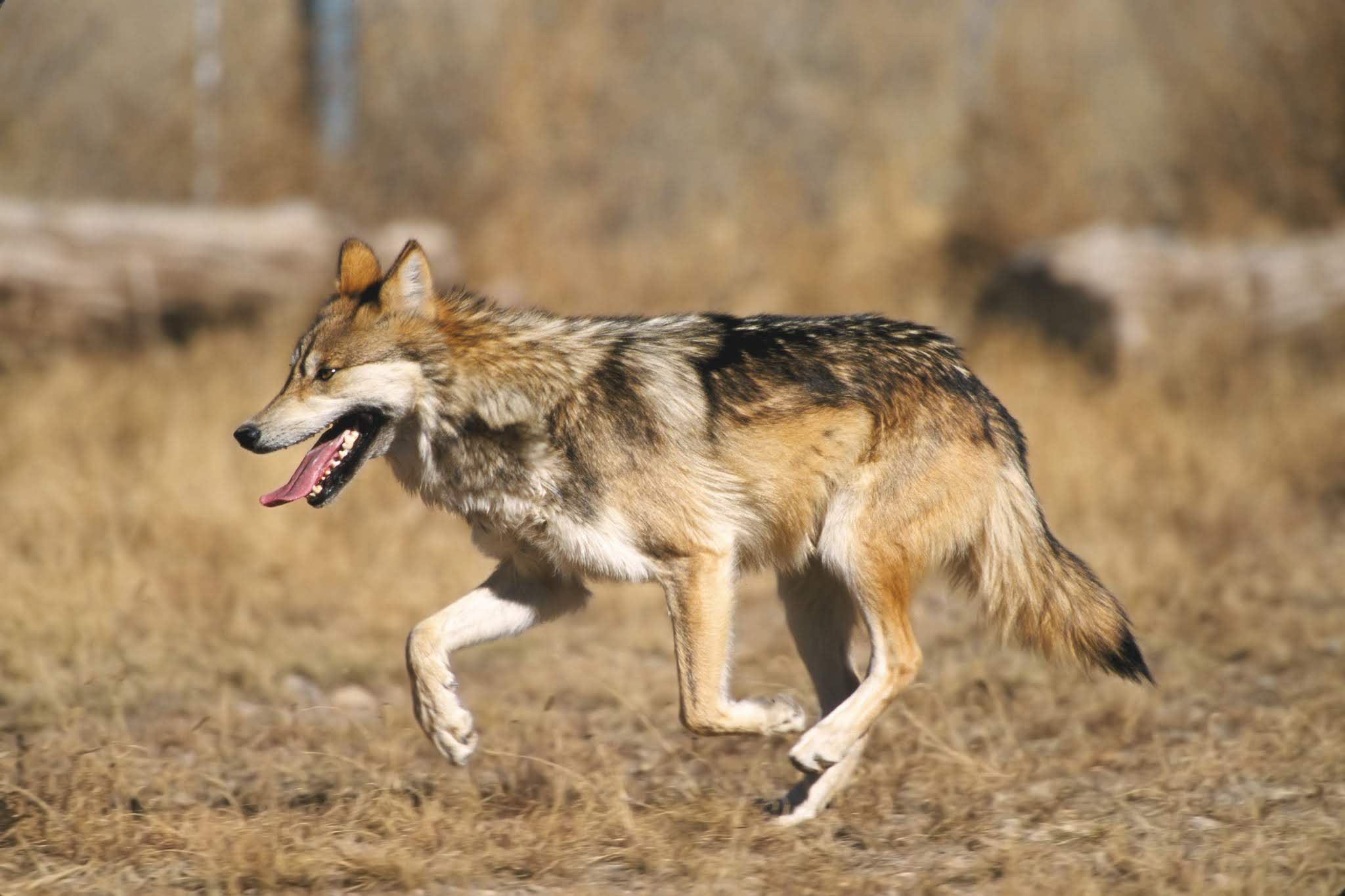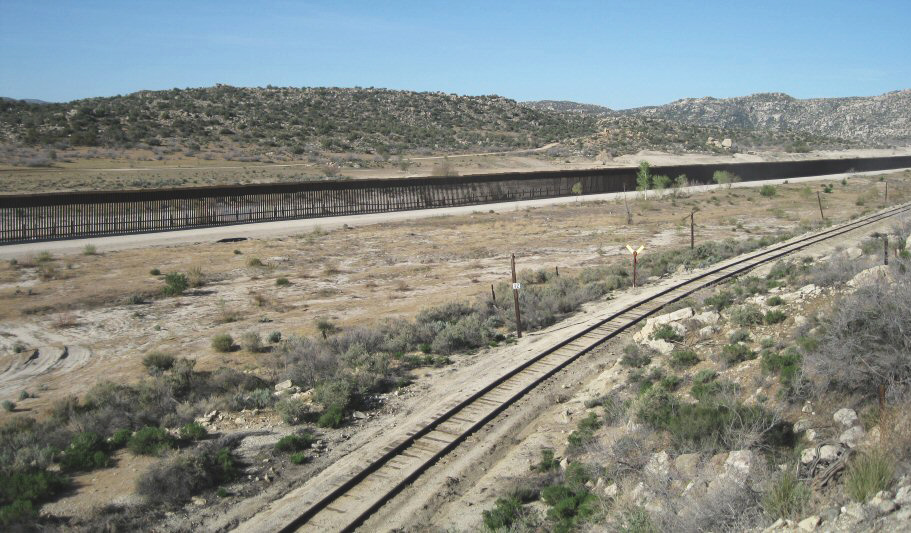This story was originally published on August 19, 2018, and updated on February 18, 2019.
The nearly 2,000-mile border wall proposed by President Donald Trump to separate the U.S. from Mexico has been gaining notoriety as of late — but not for the usual reasons. A growing movement led by wildlife experts and scientists has called attention to the fact that such a barrier would have unintended but adverse effects on area wildlife.
A report co-authored by 18 scientists and published by Oxford Academic outlines ways in which a continuous border wall would threaten biodiversity and offers recommendations for minimizing such threats. Published July 24, 2018, “Nature Divided, Scientists United: U.S.–Mexico Border Wall Threatens Biodiversity and Binational Conservation” has garnered more than 3,500 signatories from both the U.S. and Mexico — 2,967 scientists and 921 general supporters.
“Already-built sections of the wall are reducing the area, quality, and connectivity of plant and animal habitats …”
“Already-built sections of the wall are reducing the area, quality, and connectivity of plant and animal habitats and are compromising more than a century of binational investment in conservation,” the report reads. The authors go on to call upon other scientists to join them in “expressing unified concern over the border wall’s negative impacts on wildlife, habitat, and binational collaboration in conservation and scientific research.”
As the battle over the border wall wages on Capitol Hill, with Trump declaring a national emergency on February 15 to secure money to fund its construction, a very different fight has already been taking place further west. While approximately 650 miles of the border is already fenced, experts say one that stretches from the Pacific Ocean to the Gulf of Mexico would impede migration routes and patterns as well as many animals’ ability to access mates, food and water — a resource that can often be unpredictable in that region.
Biodiversity At Risk
Contrary to popular belief, much of the borderlands — although mostly desert — are teeming with diverse flora and fauna.
“People think of deserts as barren lands and flat sand dunes with nothing there,” Sergio Avila, a conservation scientist at the Arizona-Sonora Desert Museum, told Vox in October 2017. “But deserts are very diverse and rich in life.”

Inhabitants of this region that would be greatly affected by the wall include black bears, mountain lions, bobcats, armadillos, wolves, bighorn sheep, pronghorn, owls, jaguars and more — many of which are already at risk. With only 113 and 120 individual animals, respectively, left in the U.S. as of 2016 — and even less across the border — the Mexican gray wolf and jaguars are two big names on the endangered species list.
“Continuous walls could constrain endangered Peninsular bighorn sheep from moving between California and Mexico to access water and birthing sites,” the “Nature Divided” report adds. “It will be likely impossible for endangered animals such as the Mexican gray wolf and Sonoran pronghorn to disperse across the border to re-establish recently extirpated populations or bolster small existing populations.”
Efforts to secure the border and the prospect of establishing a permanent structure have already led to the creation of miles of roads through wilderness areas.
Authors of the report say the wall would lead to reduced genetic diversity among wildlife — due to inbreeding — and an increased risk for extinction for some species.
“A continuous border wall,” the report goes on, “could disconnect more than 34 percent of U.S. non-flying native terrestrial and freshwater animal species from the 50 percent or more of their range that lies south of the border.”
Some have called out the absurdity of building a wall that they argue won’t stymie those it’s designed to. As University of Arizona wildlife biologist Aaron Flesch put it in an interview with Scientific American, “In wild settings, people are really the only species we know is definitely going to get over the wall or under it.”
Efforts to secure the border and the prospect of establishing a permanent structure have already led to the creation of miles of roads through wilderness areas. Currently, according to data published by Vox, 25 million acres of U.S. public land is within 100 miles of the U.S.-Mexico border. In addition to wilderness areas, this encompasses wildlife refuges, national parks, tribal lands, and conservation areas — created in part to conserve plants and wildlife that populate the divide.

Legislative Damage
Also cited by “Nature Divided” as a threat to the biodiversity of the region is legislation, passed in 2005, allowing the U.S. Department of Homeland Security (DHS) to circumvent laws that impede the construction of a border wall. This includes the Endangered Species Act and the National Environmental Policy Act.
“With these laws sidelined,” the report reads, “wall construction proceeds without the necessary depth of environmental impact analysis, development of less-damaging alternative strategies, post-construction environmental monitoring, mitigation, public input and pursuit of legal remedies.” According to the report, DHS has used this power eight times in all border states since 2005; three of these have been since Trump took office.
Authors of “Nature Divided” proceed to call on U.S. lawmakers to follow environmental law, conduct surveys to determine at-risk plant and animal species, strive to mitigate harm as much as possible, and facilitate research to assist with these efforts.
The path forward requires understanding the necessity of not just protecting our borders but also the diverse wildlife that live there.
“National security can and must be pursued,” the report reads, “ with an approach that preserves our natural heritage.”





